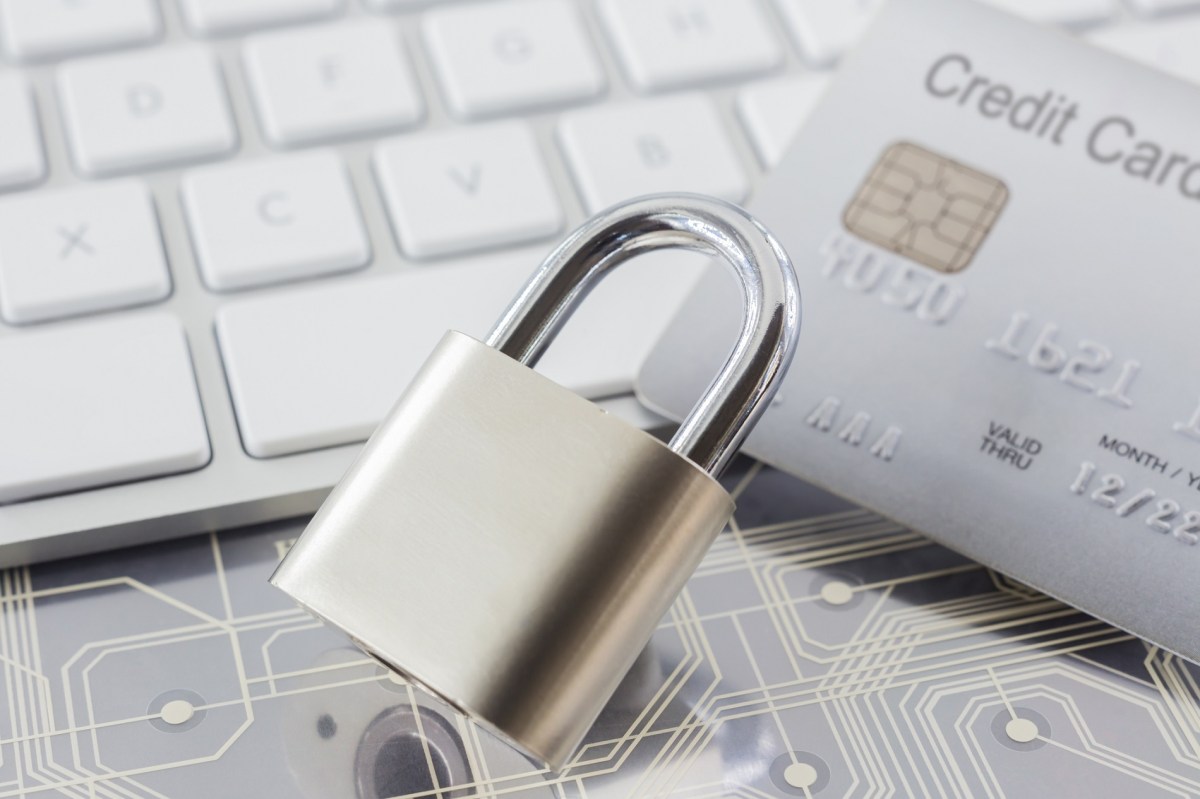There is no doubt we are currently undergoing an unprecedented time in history where people and businesses are quickly changing their habits when it comes to buying and consuming goods.
What we first experienced when Australians flocked to the supermarket to bulk purchase toilet paper and hand sanitiser, has quickly found its way into online shelves, affecting online orders and deliveries.
Despite representing the 55th largest country by population, Australia is the tenth-largest e-commerce market in the world – with analysts predicting Australia’s e-commerce industry will reach a value of $35.2 billion by next year.
With e-commerce in Australia at an all-time high and retailers re-opening their doors, many for the first time in months, there is a job to be done to ensure your consumers are safe while physically shopping in your store but also online.
As more people take advantage of shopping online, it is increasingly important to keep the internet a safe place for your customer transactions. Here are a few tips to help:
Examine a site for trust indicators
In-store, a customer has the advantage of seeing firsthand the product and interacting with the employees and because this doesn’t exist online, your business needs to provide other trust indicators.
For many years, internet users were told to “look for the lock” to know that a website was secure. But in 2019, several browsers changed how they display authorised sites.
Consumers can look beyond the lock by clicking on the padlock to view the certificate information and organisation details. This is why it is important to ensure your site is using encryption for transmitting data, commonly known as TLS/SSL encryption.
And while online shopping has exploded in popularity, some online shoppers are still can be skeptical in nature, so it’s worth reviewing your site to ensure your site looks and feels legitimate to those who have come across it. A few questions to ask yourself:
- Do you have terms and conditions, or a return policy listed?
- Do you have a secure site seal?
- Are there grammar and spelling mistakes?
- Do you have reviews, either good or bad can sometimes be good for business.
- And, perhaps most importantly, is there contact information listed in case your customers need to get in touch with you about your order?
Questions like these are helpful guides in determining whether or not your customers may trust the site.
Protect your customers data
To many businesses, customer data is the holy grail however, it needs to be treated with the upmost care and protection. You shouldn’t ask your customers to give out more information than they need to.
Put yourself in their shoes and wonder, is this really something that is required to complete a transaction? For example, you shouldn’t be asking customers to give their date of birth to purchase clothes online.
Limit your exposure and vulnerabilities and only collect what information you need, at the end of the day retailers must act to protect customer data.
Also avoid suspicious forms of payment, like asking your customer to pay via Venmo, or mailing cash or a check. Credit cards, PayPal, Afterpay and ZIP pay are all more secure forms of payment and often include liability protection.
Update your software
Keeping your software up to date can prevent cybercriminals from exploiting a weakness.
Organisations are often running multiple platforms and devices; supply chain, delivery, POS, to name a few. All of this software needs to communicate with one another, a breach in one security protocol can easily cause a domino effect on your business.
When it comes to online shopping, however, make sure your online retail system is up-to-date and
do not install suspicious software or plugins.
Treat email with suspicion
The corporate network and email can become a minefield with suspicious emails, asking you to submit details for Purchase orders to unfamiliar accounts or that your trial of a new product is about to expire.
Customers too, experience similar schemes. This is why when you are sending out communications to customers or subscribers, it is important to be transparent about the destination you’re asking them to click through to.
Follow-up to ensure orders have arrived
Just like a high-performance retail staff representative, you should be following up with your customer to ensure their needs are met.
As Australians stay at home, it is no surprise there has been a huge strain placed on the postal service. Recent reports show Australia Post is delivering about 1.8 million parcels a day.
Online department store purchases are up 473 per cent over recent times, which is why it is important to go the extra distance and ensure every step of the journey with your customers have been met.
As governments increasingly encourage people to work and learn from home, the number of people shopping online will most likely continue to increase. Cybercriminals have already been exploiting the world’s online attention to COVID-19, so protect yourself and your data during this unprecedented time and always.
Avesta Hojjati is head of research and development at DigiCert

